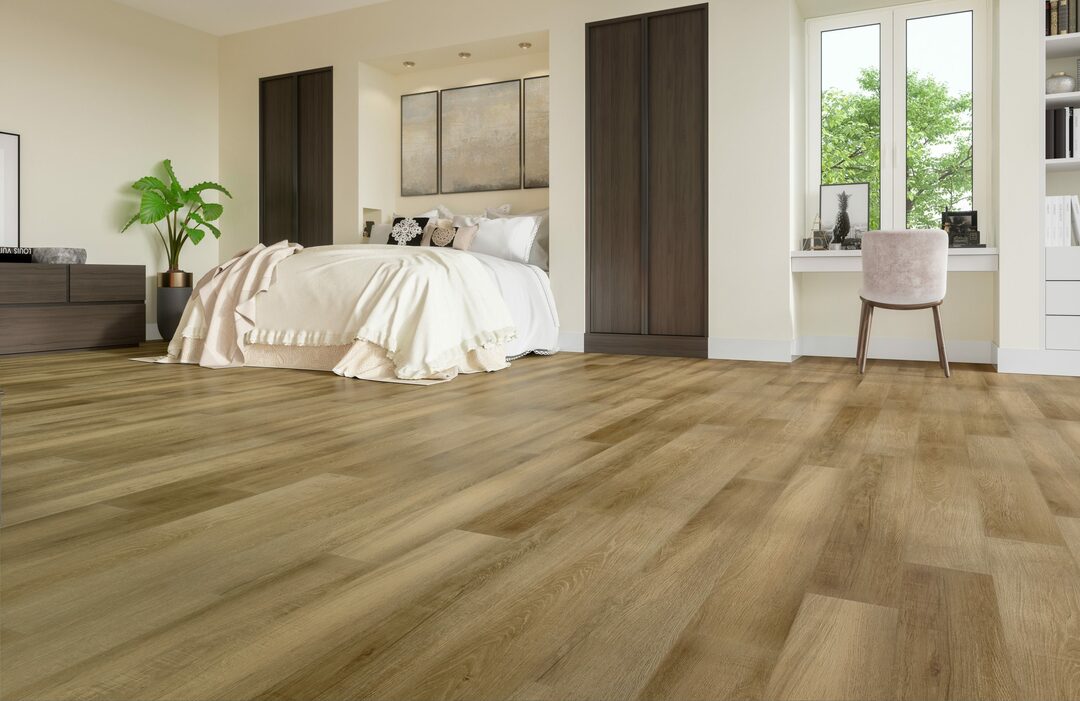Almost all the time, as mass-produced mobile phones, remains open question of their environmental friendliness. Of course, a person can not completely do without the waste of electronics, but most famous brands and individual developers regularly make attempts to release devices a-la eco-friendly. There are several main areas in which the development is carried out.
Use of recycled and biodegradable raw materials
 Partial application of recyclables and biodegradable parts in smartphones is perhaps the most successful area of "greening" the sphere. Unlike other methods, this reduces the cost of the device and makes it more affordable. In this way, for example, the Koreans went, releasing a couple of years ago Samsung Galaxy Exhilarate , the body of which was 4/5 composed of recyclable materials, and the remaining parts could be biodegraded or recycled.
Partial application of recyclables and biodegradable parts in smartphones is perhaps the most successful area of "greening" the sphere. Unlike other methods, this reduces the cost of the device and makes it more affordable. In this way, for example, the Koreans went, releasing a couple of years ago Samsung Galaxy Exhilarate , the body of which was 4/5 composed of recyclable materials, and the remaining parts could be biodegraded or recycled.
Using natural materials
 There is no limit to the imagination of mobile developers: it seems that they can assemble a phone from anything that comes to hand. Strong examples of this are the wooden models of many manufacturers: bamboo ADzero, grassy Natural Year from Je-Hyun Kim, collected from hay and many other eco-friendly concepts, which, unfortunately, either remain in the stage of sensational design, or are produced in very limited quantitiesand at a rather high price.
There is no limit to the imagination of mobile developers: it seems that they can assemble a phone from anything that comes to hand. Strong examples of this are the wooden models of many manufacturers: bamboo ADzero, grassy Natural Year from Je-Hyun Kim, collected from hay and many other eco-friendly concepts, which, unfortunately, either remain in the stage of sensational design, or are produced in very limited quantitiesand at a rather high price.
Power failure in favor of other power sources
 Phones that can be charged from alternative sources are a great idea: convenient and environmentally friendly. However, like many other "land-saving" phones, such models are not yet popular among the bulk of buyers. One of the most famous concepts in this area is the phones on solar panels located on the back of the device, as, for example, in the already old smartphone LG GD510 Sun Edition. But progress inexorably moves forward, and there are concepts of phones that can be charged mechanically by rotating the device on your finger, simply from the heat of the human body, from the electromagnetic waves used to ring and even from alcohol.
Phones that can be charged from alternative sources are a great idea: convenient and environmentally friendly. However, like many other "land-saving" phones, such models are not yet popular among the bulk of buyers. One of the most famous concepts in this area is the phones on solar panels located on the back of the device, as, for example, in the already old smartphone LG GD510 Sun Edition. But progress inexorably moves forward, and there are concepts of phones that can be charged mechanically by rotating the device on your finger, simply from the heat of the human body, from the electromagnetic waves used to ring and even from alcohol.
The block design, which allows not to throw the worn out phone, and in the process of using to replace its parts
 Last year, Dutch designer Dave Hackens presented to the public the idea of creating Phonebloks - a smartphone-designer. The essence of the concept was that separate monofunctional blocks are attached to the baseboard using connectors. That is, the screen is one block, Wi-Fi is another and so on. Such a device, in addition to saving materials and reducing the number of garbage electronics, has many undeniable advantages. It will be possible to assemble the best smartphone in its own discretion, collecting it in blocks. Adding or replacing any module in the event of a breakdown is completely straightforward. The idea did not go unnoticed - cooperation with the Netherlands has already been announced by Motorola Mobility , owned by Google. The project, named Project Ara, promises to be interesting.
Last year, Dutch designer Dave Hackens presented to the public the idea of creating Phonebloks - a smartphone-designer. The essence of the concept was that separate monofunctional blocks are attached to the baseboard using connectors. That is, the screen is one block, Wi-Fi is another and so on. Such a device, in addition to saving materials and reducing the number of garbage electronics, has many undeniable advantages. It will be possible to assemble the best smartphone in its own discretion, collecting it in blocks. Adding or replacing any module in the event of a breakdown is completely straightforward. The idea did not go unnoticed - cooperation with the Netherlands has already been announced by Motorola Mobility , owned by Google. The project, named Project Ara, promises to be interesting.
What future is waiting for eco-friendly phones is not yet known. The greatest hope is given by the functional smartphone-designer Motorola, perhaps, the most eco-friendly of the above.



